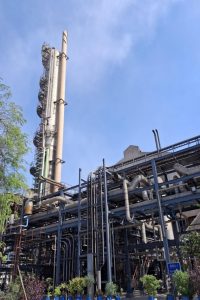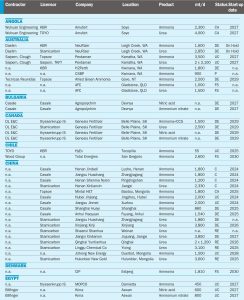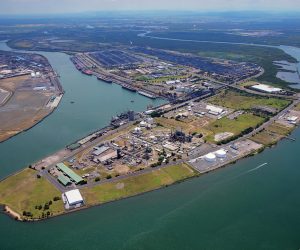Johnson Matthey (JM) has released new production performance data which shows the significant improvements in efficiency of existing steam methane reformer (SMR) based hydrogen plants with the use of its catalyst, CATACEL SSR ™ . The company says that the data show that the catalyst can increase hydrogen plant capacity by 15% and reduce reformer energy use per unit of hydrogen by 15%, with a 5% reduction in gas consumption per unit hydrogen, as well as ease of installation, and enhanced durability and heat transfer. The catalyst uses uniquely engineered structures of thin metal foils, or “fans,” coated with catalysts through a proprietary process, which offer greater surface area, higher durability, and superior heat transfer, essential for high-temperature processes such as SMR.








